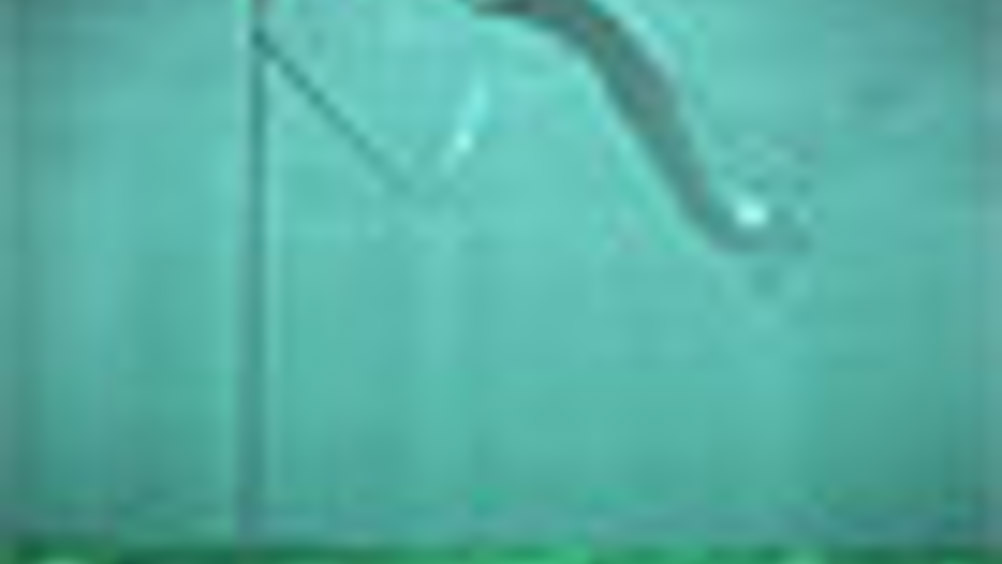New-wave energy

Anaconda, a wave-energy converter that mimics the action of a sea snake, is in the final stage of testing at Qinetiq’s facilities near
Made almost entirely of rubber, each Anaconda is up to 200m long and capable of generating 1MW of power.
According to developer Checkmate Group, a field of 50 Anacondas could generate enough electricity to fuel 50,000 homes at a price that significantly undercuts similar clean-energy devices.
Checkmate’s chairman Paul Auston said: ‘The
‘With Anaconda we have an invention that changes conventional thinking and it can help to meet government targets for cutting CO2 by providing renewable wave energy from our coastal waters.
Register now to continue reading
Thanks for visiting The Engineer. You’ve now reached your monthly limit of news stories. Register for free to unlock unlimited access to all of our news coverage, as well as premium content including opinion, in-depth features and special reports.
Benefits of registering
-
In-depth insights and coverage of key emerging trends
-
Unrestricted access to special reports throughout the year
-
Daily technology news delivered straight to your inbox










UK Enters ‘Golden Age of Nuclear’
The delay (nearly 8 years) in getting approval for the Rolls-Royce SMR is most worrying. Signifies a torpid and expensive system that is quite onerous...